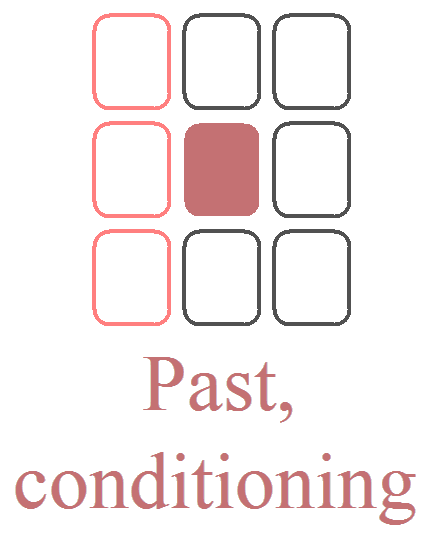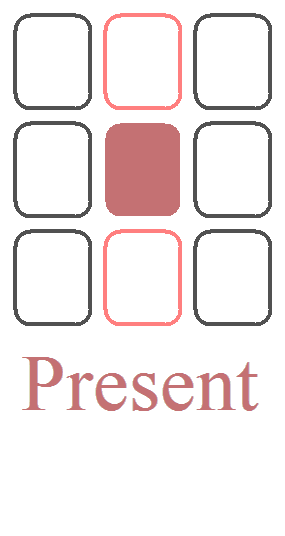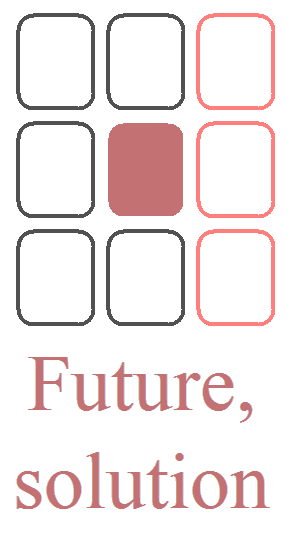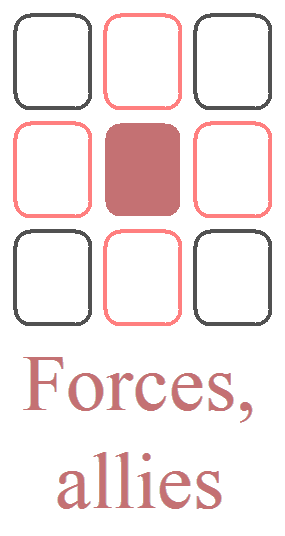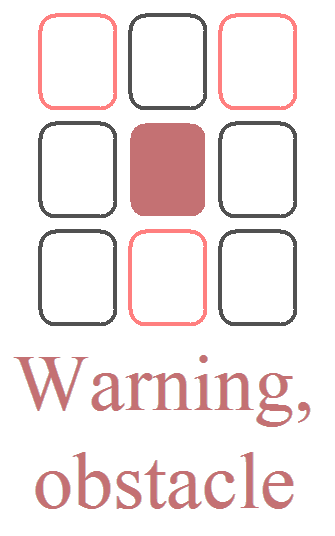
Spreads with a limited number of cards (3 to 9 cards) are an excellent introduction to the world of the Petit Lenormand for beginners, especially if you already have experience with the Tarot. It’s important to note that the iconic spread of the Petit Lenormand is the 'Grand Tableau' (the one you should prioritize daily), but using all 36 cards at once is quite a challenge. So, for beginners, starting with spreads of 3 to 9 cards is a great way to learn.
Spreads of 3 to 6 cards are covered in the article The Petit Lenormand Spreads. Here, we will explore the 7-card and 9-card spreads of the Petit Lenormand. If you are just starting with the Petit Lenormand, revisiting the basics on card combinations and how to use them is recommended before continuing.
The 7-card spread is ideal for beginners coming from Tarot, accustomed to spreads with fixed positions. Here, we gradually begin to read the Lenormand cards by associating them in rows and columns.
Next, we will discuss the classic method of interpreting the 9-card spread, with a single significator in the center. Then, we will introduce an innovative approach involving two significators. This variation deepens relational and professional questions by offering a cross-reading of two aspects or individuals. I even propose an IKIGAI version below!
Why choose the 9-card spread? This spread offers an excellent transition to the Grand Tableau, the 36-card spread, by introducing more complex reading techniques while remaining accessible. You will learn to interpret the cards according to their relationships in rows, columns, and diagonals, to gain a nuanced view of the situation.






